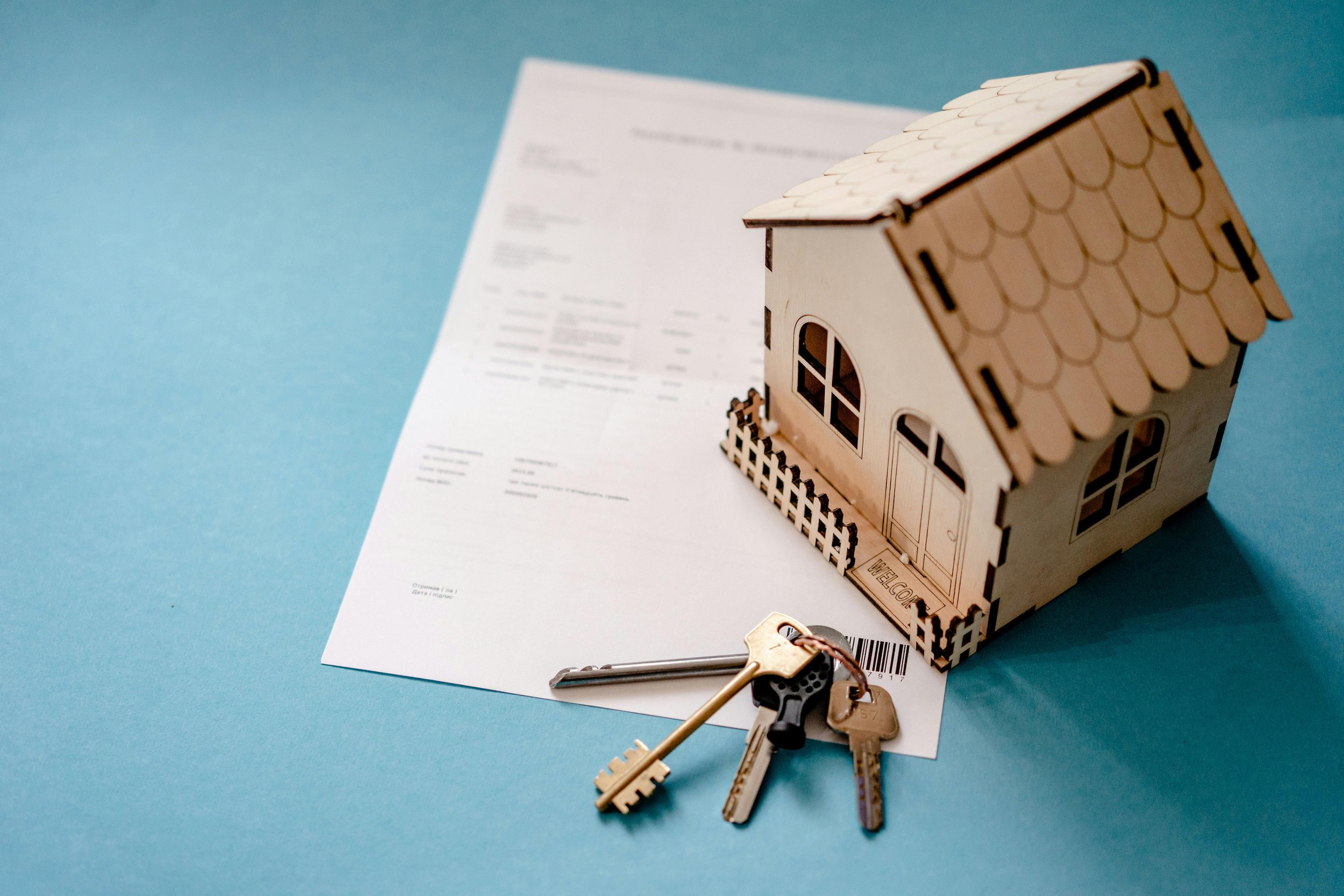Navigating Home Ownership Post-Divorce
Divorce is never easy. It’s an emotional rollercoaster, a financial balancing act, and sometimes, a battle of logistics. One of the biggest challenges? Deciding what happens to the marital home. Whether it’s a suburban haven or a sleek city condo, your home likely holds memories—and value. Deciding its fate requires balancing your heart and your wallet.
So, what are your options? Sell it, buy out your ex, or co-own it? Let’s walk through the process step-by-step to help you make the best decision for your post-divorce life.
Know the Legal Landscape
First things first: the legal side. Every state handles property division differently. States follow either:
Community Property Laws: Here, all marital assets (and debts) are split 50/50. These laws apply in states like California, Texas, and Arizona.
Equitable Distribution Laws: In most other states, the division is based on what’s “fair,” which might not mean equal. Factors like income, contributions to the marriage, and custody arrangements can play a role.
Your divorce decree will spell out the terms of your property division. This legal document acts as a roadmap for who gets what. Read it carefully! If anything feels unclear, consult a family law attorney to protect your interests.
What Are Your Options for the Home?
Deciding what to do with the home boils down to three main options:
Sell the Home
Selling the home is often the simplest route, especially if neither party wants to keep it or can afford to. This option:
Provides liquidity: Split the proceeds and move on with financial freedom.
Ends shared obligations: No more joint mortgage payments, taxes, or maintenance responsibilities.
May come with costs: Realtor commissions, staging, and closing fees can eat into your profit.
When to sell: If the market is hot, selling can be an excellent way to maximize your return. Use tools like Zillow to check market trends and set realistic expectations.
Buy Out Your Ex
Want to keep the home? You can buy out your ex’s share. This involves refinancing the mortgage in your name and paying your ex their portion of the equity. This option is ideal if:
You have strong emotional ties to the home or want stability (especially for kids).
You can comfortably afford the mortgage and maintenance on a single income.
What to consider:
Appraisal costs: You’ll need an accurate valuation of the home.
Refinancing hurdles: Lenders will evaluate your income, debt, and credit to ensure you qualify.
Pro Tip: Use a mortgage affordability calculator like Bankrate’s tool to see if this option works for your budget.
Co-Own the Property
Co-ownership is a less conventional route but can work if both parties are on good terms. This arrangement allows you to:
Share costs like mortgage payments, property taxes, and maintenance.
Provide stability for children who can remain in the same home.
Delay selling until market conditions are more favorable.
Risks of co-ownership:
Requires excellent communication and mutual trust.
Can lead to disputes if one party wants to sell and the other doesn’t.
Might feel like an emotional “gray area,” delaying closure.
If you’re considering co-ownership, draft a clear agreement outlining responsibilities and an exit plan.
Consider the Financial Implications
Your choice will affect your finances, so understanding the numbers is crucial.
Selling the Home: Provides immediate cash but incurs costs like realtor fees and taxes. If you’ve owned the home for a long time, you may be subject to capital gains taxes on profits above $250,000 (or $500,000 for married couples). Consult a tax advisor to learn more about exclusions.
Buying Out Your Ex: Requires significant cash or a higher mortgage. Refinancing often comes with costs, and you’ll need to meet lender qualifications on your own.
Co-Ownership: You’ll share financial responsibilities, but your credit can still be affected if the other party misses payments.
Understand Refinancing
Refinancing the mortgage is a must if one spouse keeps the home. Why?
It removes the other party’s name from the loan, giving them financial independence.
It shifts full responsibility for payments to the remaining spouse.
Refinancing tips:
Review your credit and debt-to-income ratio to ensure you qualify.
Shop around for favorable interest rates, as they can significantly impact monthly payments.
Update Deeds and Titles
Once you’ve decided who keeps the home, you’ll need to update the property deed. This legal document shows ownership and must reflect the new arrangement.
How to update the deed:
Work with a title company or attorney.
Remove the departing spouse’s name.
File the updated deed with your county’s records office.
This step ensures there’s no confusion about ownership down the line.
Don’t Forget Tax Implications
Taxes might not be the first thing on your mind, but they can significantly affect your decision.
Capital Gains Tax: If you sell the home, you may owe taxes on profits. However, many divorcees qualify for exclusions, so check with a tax advisor.
Property Taxes: If one party keeps the home, they’re responsible for ongoing taxes—factor this into your budget.
Address Emotional Realities
A home isn’t just bricks and mortar—it’s a place filled with memories. Whether it’s holiday gatherings or family milestones, letting go of your home can be emotionally tough.
Acknowledge your feelings:
It’s okay to grieve the loss of the home or the life it represented.
Talk to a therapist or join a divorce support group for emotional guidance.
Remember: While emotions are valid, they shouldn’t drive financial decisions.
Seek Professional Help
You don’t have to navigate this alone! Enlist professionals to guide you:
Real Estate Agents: To assess market value, stage the home, and secure the best sale price.
Family Law Attorneys: To ensure your divorce agreement is legally sound and protects your interests.
Mortgage Advisors: To help you understand refinancing and affordability options.
Moving Forward with Confidence
Navigating home ownership post-divorce is challenging but far from impossible. By understanding your options—selling, buying out, or co-owning—and working with the right professionals, you can make informed choices that align with your financial goals and personal needs.
Your home’s future doesn’t define your future. This is your chance to rebuild, reimagine, and start fresh. You’ve got this!





